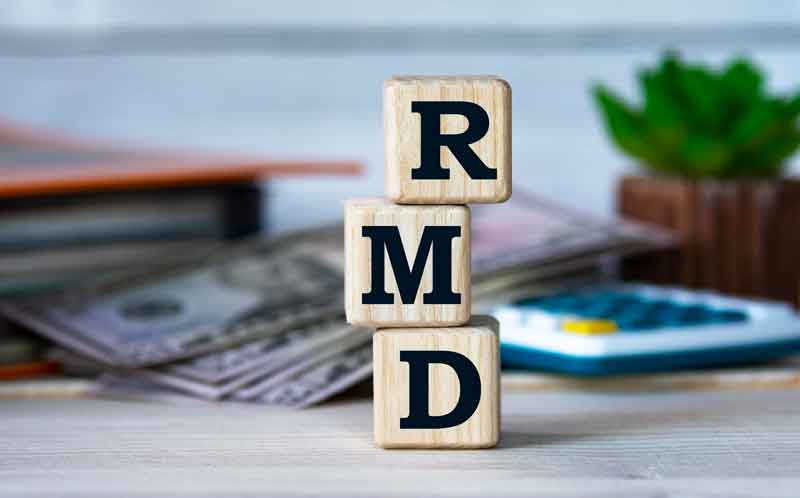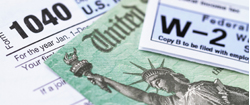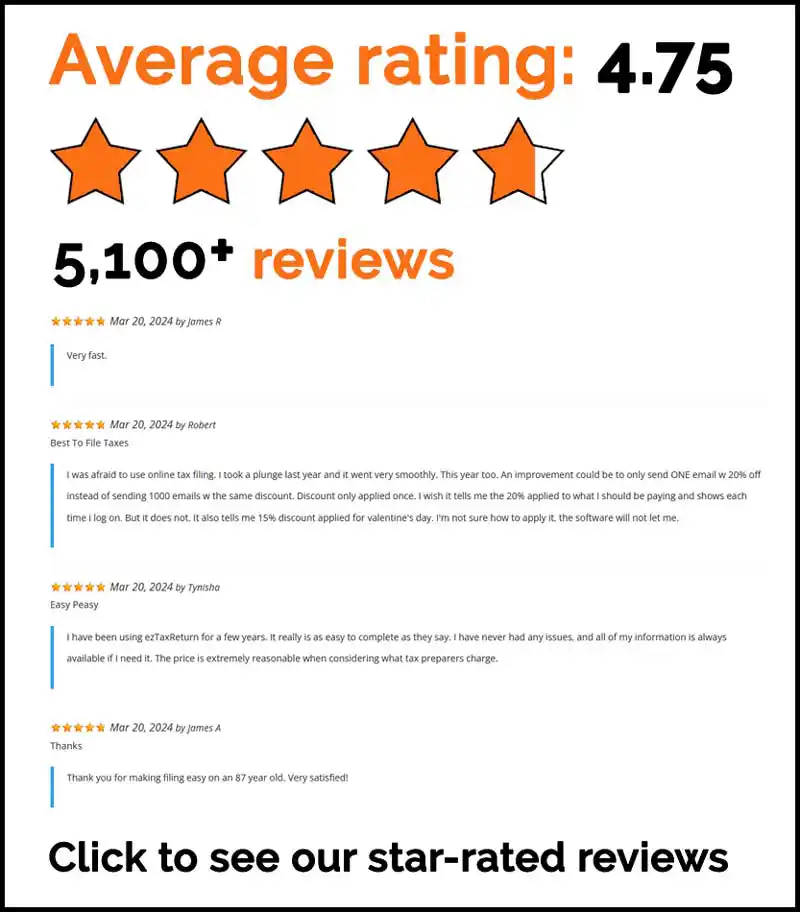As you transition into retirement, you will face many choices, both personal and financial. From how to fill your time to how to fill your wallet, the choices you make now will ripple through every year of your retirement.
In the early days of your retirement, you can pick and choose how you withdraw funds from your IRA and 401(k) account, but eventually, the IRS will come calling. In exchange for the generous tax treatment these accounts receive up front, the IRS expects retirees to pay taxes down the line, and that is where the required minimum distribution (RMD) comes into play.
Changing Rules Can Increase Complexity
The RMD is well named, and it means just what it says. The required minimum distribution is the amount retirees must take and pay taxes on, and it kicks in early in your 70s. Recent legislation has pushed back the age for taking the first RMD, and the formula can be somewhat complex, so it is best to consult with an accountant as you near that fateful age.
It is also important to avoid some critical mistakes when it comes to your RMD. The R in RMD is critically important, and if you fail to take the money out of your accounts, you could find yourself with a huge tax bill. In fact, the penalty for not taking an RMD is an astonishing 50% of the amount you should have taken, so you definitely do not want to let it slip your mind.
The Importance of Professional Advice
Not consulting with a professional is another big mistake when it comes to taking your first required minimum distribution. Even if you are a DIY investor and do your own taxes, it is a good idea to consult a professional when planning for your first RMD. A good financial advisor can help you with everything from which accounts to draw from to how to determine the correct amount to take.
It is also a good idea to think about the RMD ahead of time, as waiting until the last minute could be a big mistake. If you are under the gun and your accounts are temporarily down, you could be forced to turn a paper loss into a real one, eating into your retirement savings prematurely and putting the remaining years of your retirement at risk.
Various Approaches to Taking the RMD
There are various schools of thought on the timing of an RMD. Some retirees prefer to take their RMD early in the year, moving the money into their bank accounts and using it for their daily living expenses. Others choose to withdraw the money on a pro-rated basis, using monthly or quarterly transfers to fill their bank accounts and meet their IRS requirements.
No matter how you choose to take the money, it is important to plan it out ahead of time. The first step is determining how large that first RMD needs to be, a figure that involves a complex set of calculations. Having a financial advisor or accountant to guide you is the best way to get this critical calculation right, so you can take the right amount and pay the correct amount of taxes.
Advance Tax Payments Will Likely Be Required
Speaking of taxes, you will likely need to pay them in advance if you are taking an RMD for the first time. If you have been making quarterly payments to the IRS all along, this will not be a big change; otherwise, it could be a shock to your monetary system.
As you begin to take your first RMD, it is important to consider the tax implications. Once again, an accountant or financial advisor can help you with the tax consequences, developing a plan for quarterly payments and reconciliation when April 15 rolls around.
No matter what the size of your retirement nest egg, the way you handle it matters. You have spent your working life building a portfolio you can rely on, and when the time comes to tap it, you want to do it the right way. Understanding the tax implications of the required minimum distribution (RMD) will be critical, as is avoiding some common RMD mistakes. Even if you are nowhere near 70, you might want to start developing your RMD strategy today.




